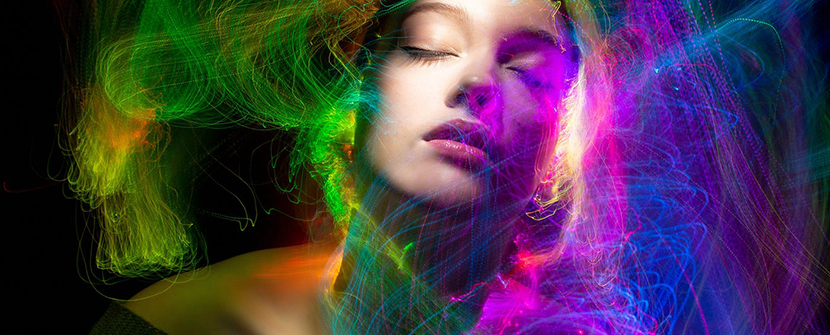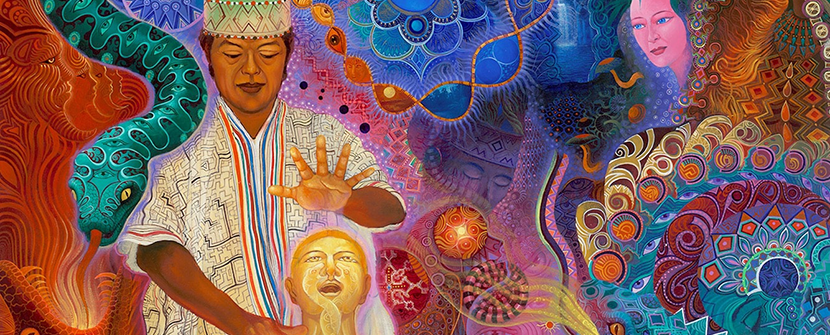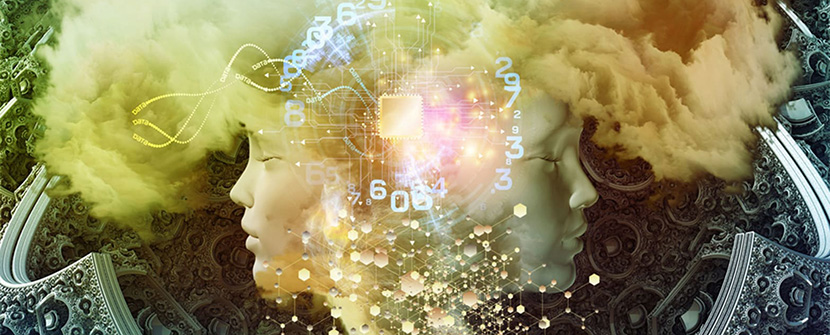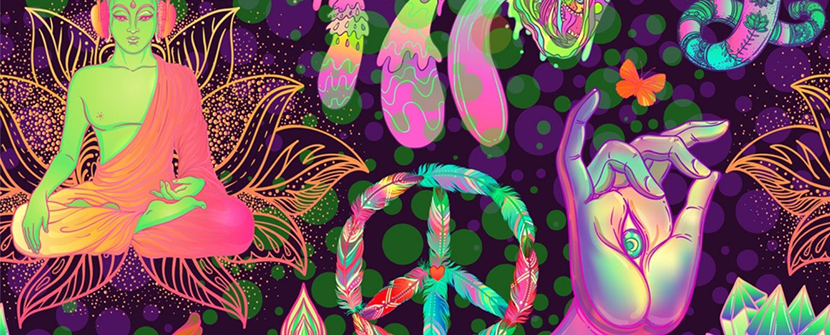Psychedelic sound therapy is a relatively new form of therapy that involves the use of psychedelic substances, such as psilocybin or LSD, in combination with sound therapy to treat mental health issues such as depression, anxiety, and PTSD. This therapy involves listening to music or sounds that have been carefully curated to create a transformative and healing experience.
In recent years, there has been a growing interest in the use of sound therapy in combination with psychedelics as a form of therapy.
How does it work?
Psychedelic sound therapy works by creating a deeply immersive and transformative experience that can help individuals break free from negative patterns of thought and behavior. This is achieved by the use of carefully curated music or sounds that are specifically designed to create a particular emotional state. When paired with a psychedelic substance, the experience can be even more transformative. Psychedelics have been shown to have a powerful effect on the brain, particularly on the default mode network (DMN). The DMN is a network of brain regions that are involved in self-referential thinking and mind-wandering. Psychedelics have been shown to decrease activity in the DMN, which can lead to a profound shift in consciousness and a greater sense of connectedness to the world around us. The combination of psychedelic substances and sound therapy can create a powerful and transformative experience that can help individuals break free from negative patterns of thought and behavior.
The science behind psychedelic sound therapy
A recent study published in the Journal of Psychopharmacology found that a combination of psilocybin and music therapy was effective in reducing symptoms of depression and anxiety in cancer patients. The study found that patients who received the therapy reported a significant improvement in their mood and quality of life. Another study published in the Journal of Psychoactive Drugs found that the use of sound therapy in combination with MDMA was effective in treating PTSD. The study found that the therapy was particularly effective in reducing symptoms of anxiety and depression.
Research data
One of the most well-known studies on the use of psychedelic substances in combination with sound therapy was conducted by Dr. Robin Carhart-Harris and his team at Imperial College London. The study, which was published in the journal Psychopharmacology in 2015, found that psilocybin combined with a specific type of music led to a significant reduction in symptoms of depression in patients with treatment-resistant depression.
In the study, 12 patients with treatment-resistant depression were given a single dose of psilocybin and then listened to a specially curated playlist of music. The patients reported a significant reduction in symptoms of depression, with some reporting a complete remission of their symptoms.
Another study, published in the Journal of Psychopharmacology in 2018, found that the use of psilocybin in combination with music therapy was effective in reducing symptoms of depression and anxiety in cancer patients. The study found that patients who received the therapy reported a significant improvement in their mood and quality of life.
Conclusion
Indeed, psychedelic sound therapy is a promising new form of therapy that combines the power of psychedelic substances with the healing properties of sound therapy. While this therapy is still in its infancy, there is a growing body of research that supports its effectiveness in treating a range of mental health issues. As more research is conducted, we can expect to see psychedelic sound therapy become an increasingly popular form of therapy for those seeking a transformative and healing experience.
Product Ad
Product Ad
Successful businesses have many things in common, today we’ll look at the big ‘R’of recognitional advertising network may help.
Recognition can be illustrated by two individuals entering a crowded room at a party.




